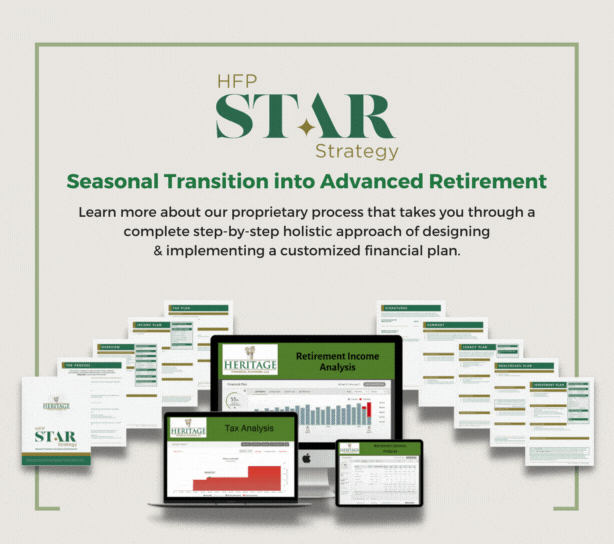The impact of a dock workers’ strike on inflation and Federal Reserve policy.
As of yesterday, dock workers along the East and Gulf Coasts have officially walked off the job following stalled contract negotiations, causing immediate concern for potential disruptions to the U.S. economy. For financial planners, the strike’s onset certainly raises concerns, but there are still reasons to remain cautiously optimistic about its broader economic impact, especially on inflation. While headlines may depict ships piling up at ports and supply chains grinding to a halt, the overall inflationary risks seem more contained than one might initially expect.
The Dock Workers’ Strike: A Present Disruption
Approximately 25,000 dock workers are currently on strike, largely due to wage disputes, and the potential disruption is significant. Shipping delays are expected, and this slowdown could cost the U.S. economy billions of dollars. Understandably, clients and investors may fear that such disruptions will add fuel to inflationary pressures, as delayed goods can lead to higher prices.
However, there are several factors that suggest the inflationary impact of this strike could remain relatively limited:
-
Preemptive Freight Adjustments: Many companies anticipated the possibility of a strike and took steps to mitigate the impact by rerouting shipments to the West Coast or expediting deliveries before the walkout began. This proactive approach has lessened the immediate blow to supply chains, which could have otherwise worsened inflationary pressures.
-
Supply Chain Resilience: The New York Federal Reserve’s Global Supply Chain Pressure Index remains near its long-term average, indicating that supply chains are currently operating with some flexibility. While the pandemic significantly strained global supply chains, the current system appears better equipped to handle disruptions, which should help keep inflation in check.
-
Government Intervention: Although President Biden has not yet indicated any immediate plans to intervene, he retains the authority to mandate a settlement if the strike drags on and begins to cause more serious economic disruption. The potential for government action, combined with companies’ preemptive measures, serves as a buffer against a prolonged inflation spike.
Inflation Outlook: Limited Immediate Impact
Even though the strike is causing disruptions, it’s important to note that the immediate inflationary impact is expected to be manageable. Traders in financial markets are not currently anticipating any drastic shifts in Federal Reserve policy as a direct result of the strike. In fact, expectations for a potential quarter-point rate cut by November remain unchanged.
Federal Reserve Chair Jerome Powell has consistently emphasized that the central bank is not in a rush to adjust interest rates in response to isolated economic disruptions. The Fed’s focus remains on controlling core inflation and stabilizing the broader economy. At this point, the effects of the dock workers’ strike, while significant, are not expected to force the Federal Reserve to alter its steady approach.
Labor Discontent: A Trend to Watch
While this strike may not have a substantial inflationary impact in the short term, it’s part of a broader trend of labor unrest across the U.S., including strikes from automotive workers and Boeing employees. A common theme in these actions is the demand for higher wages to keep up with the rising cost of living.
While dock workers represent only a small fraction of the overall U.S. workforce, the trend of wage pressure is something the Federal Reserve is monitoring closely. If wage inflation continues to gain momentum across multiple industries, it could challenge the Fed’s inflation targets, potentially slowing future rate cuts that investors may be expecting in 2025.
What Can You Do?
Despite the disruptions caused by this strike, investors should stay the course and remain consistent with their long-term investment strategies. The inflationary risks stemming from this event are expected to be contained, and the Federal Reserve is likely to maintain a steady hand as it navigates these economic challenges. There’s no need for hasty financial decisions—sticking to your long-term plans remains the best course of action.
At Heritage Financial Planning, we use our HFP S.T.A.R. Strategy™ planning process to guide clients through uncertain times like the current dock workers’ strike. Our strategic approach ensures that your financial plan is aligned with your long-term goals, helping you make informed decisions even when market conditions shift. If you’re concerned about how this event could affect your investments or overall financial strategy, we’re here to help. Contact our office today to schedule an appointment and experience how our HFP S.T.A.R. Strategy™ can provide the clarity and confidence you need for the future.

Click here to learn more about our HFP STAR Strategy process.
Source: Copyright © 2024 FMeX. All rights reserved. Distributed by Financial Media Exchange.












